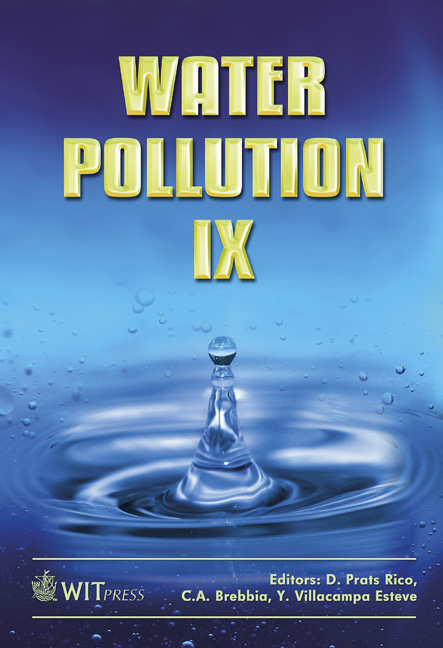Biodegradation Of Pharmaceuticals By Common Microorganisms
Price
Free (open access)
Transaction
Volume
111
Pages
9
Page Range
263 - 271
Published
2008
Size
340 kb
Paper DOI
10.2495/WP080261
Copyright
WIT Press
Author(s)
H. Gauthier, D. G. Cooper & V. Yargeau
Abstract
The biodegradation of selected pharmaceuticals has been studied using common microorganisms, in order to understand their fate in the environment. The pharmaceuticals selected for this study are known micropollutants. Carbamazepine is a drug used extensively in the treatment of epilepsy. Sulfamethizole, sulfamethoxazole and trimethoprim are common antibiotics. The microorganisms used were Rhodococcus rhodochrous, Pseudomonas putida, Pseudomonas fluorescens, Bacillus subtillis and Sphingomonas herbicidovorans. Biodegradation has been observed for carbamazepine, sulfamethizole and sulfamethoxazole. Keywords: biodegradation, carbamazepine, sulfamethizole, sulfamethoxazole, trimethoprim. 1 Introduction The presence of pharmaceuticals in wastewater has been recognized as an increasing source of pollution in the last few decades [1–4]. Pharmacokinetic studies have shown that a large proportion of this pollution comes from feces and urine [5], but a significant amount is also probably due to the disposal of expired pharmaceuticals in toilets or garbage. Although wastewater is treated to remove BOD and pollutants, the typical methods employed today are not designed to remove these compounds. The result is poor removal efficiencies of pharmaceuticals [2, 6, 7] and an accumulation of drugs in the aquatic environment [8–11]. Some studies have also reported the presence of these contaminants in drinking water at the nanogram per liter level [12]. Many of these pharmaceuticals have a high bioactivity and can have an effect even at concentrations as low as few ng/L. Moreover, some drugs in the environment
Keywords
biodegradation, carbamazepine, sulfamethizole, sulfamethoxazole, trimethoprim.





